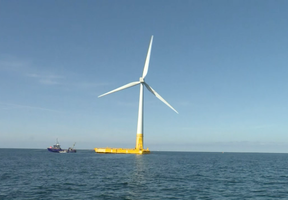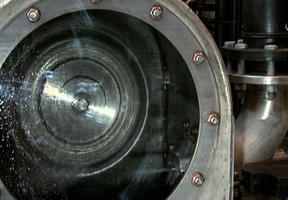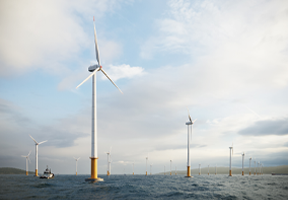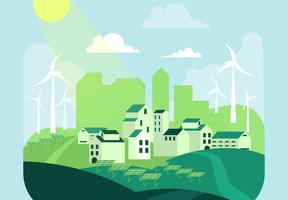What Is the Power Generation Mix?
10 min read
The generation mix (also known as the mix) refers to the combination of the various fuels used to generate electricity in a given geographic region. It is still dominated by at the global level. However, this situation is expected to change significantly over the next 20 years with the sharp rise in the use of renewable energies and natural gas.

© - Gas is advancing as a source of electricity generation around the world
The power generation mix varies considerably from one country to the next, depending on global markets, national policy choices and local fuel production.
Coal Is King, Gas Is Rising
Inexpensive and easy to produce, coal is currently still the main source of fuel for power generation worldwide, accounting for more than 38% of the mix in 2018. But the gap with natural gas (23.4%) is closing. Fuel is vital for transportation and industry, but is rarely used to generate electricity. Hydro is the most widely used (almost 16%), whereas wind (4.8%) and solar (2.2%) are growing steadily. peaks at just over 10%.
In Europe, nuclear is much more common, although several countries have committed to phasing out this power source, such as Germany, or reducing its use, such as France. Coal and natural gas represent a more or less equal share of the power generation mix, at around 20%. Wind and solar (more than 13% combined) are more developed in Europe than the rest of the world.
In France, nuclear remains by far the dominant source for power generation (more than 70%) due to industrial decisions made in the 1970s.1
The United States, China and India
In the United States, the widespread production of has caused the fuel to become significantly cheaper and lifted its share in the U.S. mix to 25%. Another consequence has been an increase in U.S. coal exports, which has driven down prices on the global market while leading to greater use of coal in other countries. This in turn has resulted in higher CO2 emissions.
China and India continue to make heavy use of coal to generate electricity as it is cheap and easily accessible. But China is also pursuing large-scale development of nuclear power plants and wind farms, particularly in Inner Mongolia. India, meanwhile, is expanding its number of solar farms and also has plans for nuclear power plants.
Following the Fukushima disaster in March 2011, Japan reduced its use of nuclear power by closing its plants for 14 months, making up the shortfall with coal-, gas- and oil-fired plants. It has since restarted several reactors.
The IEA’s Scenarios
Trends through 2040 will depend on many factors, including the growing share of electricity used in transportation and relatively daring policies to limit , focusing on energy savings, and new energy sources.
The has developed various scenarios for 2040 based on the extent of these efforts2. There are three constants:
- A highly “electric” world. Power generation is set to increase by around 50% in all scenarios.
- A renewables boom. The share of renewable electricity (excluding hydro), which amounted to 9.4% in 2018, is expected to reach 29% in the middle-of-the-road scenario, and up to 46% in the boldest of outcomes.
- A decline in coal. The resource’s share in power generation is slated to decrease from 38% to 25%, or even as low as 4% according to the most optimistic scenario.
The share of natural gas is expected to stay at around 20%. In order to achieve the most CO2-efficient scenario, which could also reduce the share of natural gas, nuclear power would need to be significantly expanded even as ambitious carbon capture and storage policies were implemented.
Sources :
- French Sustainable Development Commission. Key Energy Figures, 2019 (in French)
- See the IEA’s summary chart




















